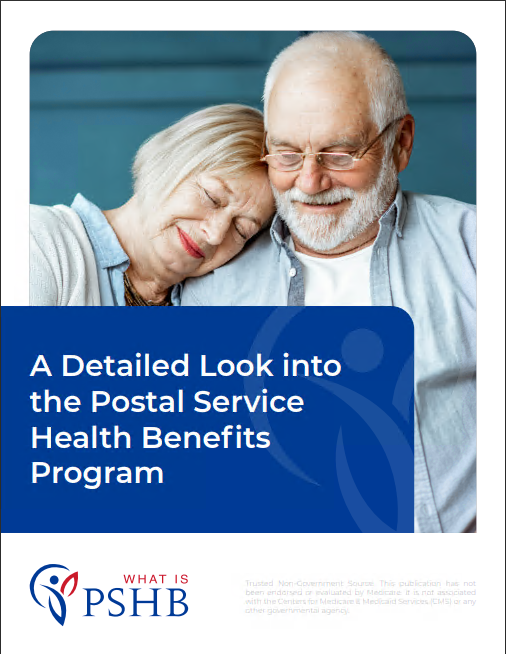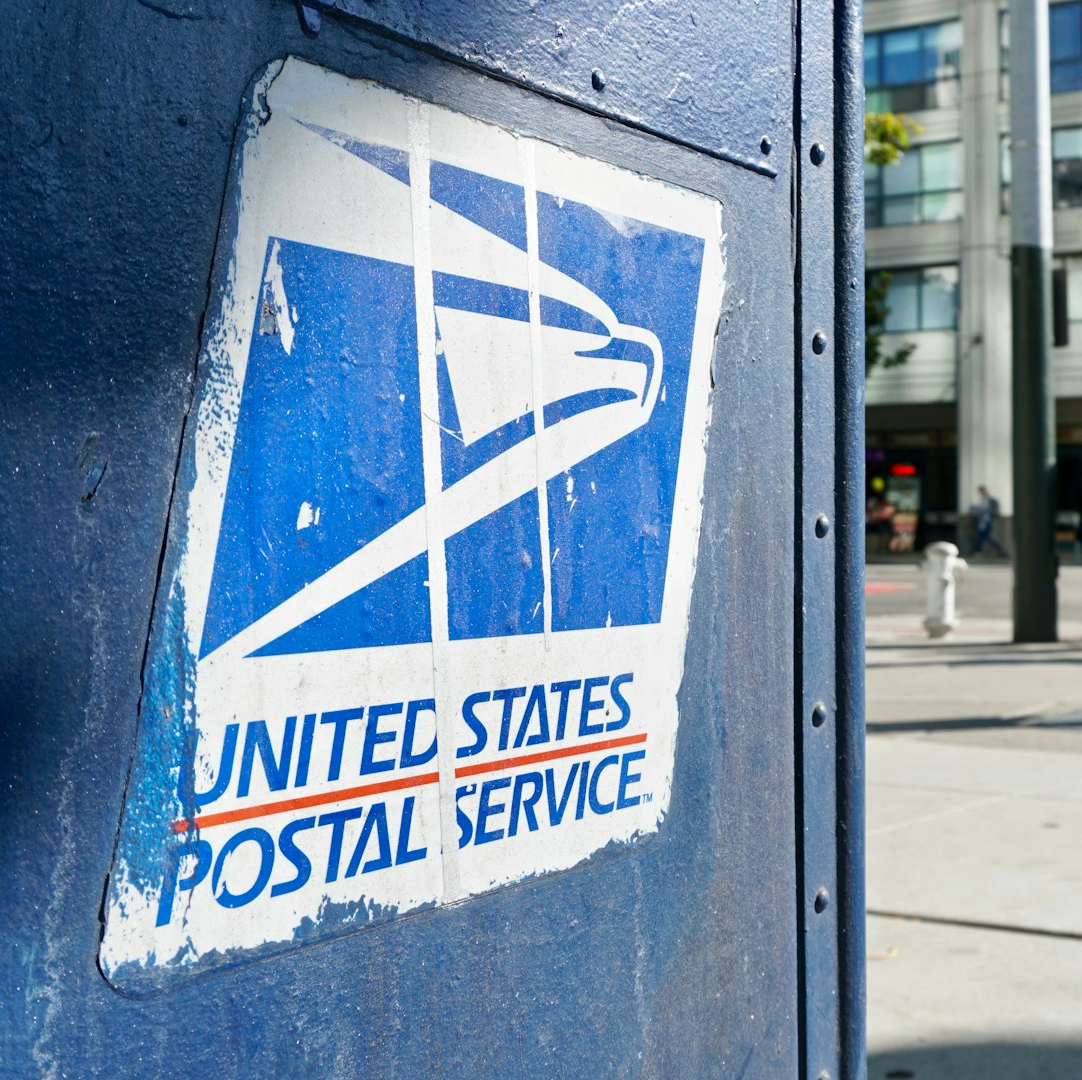Key Takeaways
- USPS Health Benefits and Medicare offer distinct coverage options, each with unique advantages tailored to different needs.
- Understanding the differences in coverage, cost, eligibility, and coordination can help USPS employees and retirees make informed decisions about their healthcare.
4 Key Differences Between USPS Health Benefits and Medicare
Navigating the complexities of healthcare coverage is crucial for United States Postal Service (USPS) employees and retirees. Both the Postal Service Health Benefits (PSHB) Program and Medicare provide valuable health benefits, but they operate differently. Understanding these differences can help you make informed choices that maximize your healthcare coverage and minimize out-of-pocket costs. This article explores four key differences between USPS Health Benefits and Medicare.
1. Coverage Options and Services
USPS Health Benefits Program
The PSHB Program offers a range of health insurance plans designed to meet the diverse needs of USPS employees, retirees, and their families. These plans include:
- Fee-for-Service (FFS) Plans: Allow you to see any doctor or specialist without needing a referral. These plans offer a broad network of providers and cover a significant portion of medical expenses.
- Health Maintenance Organization (HMO) Plans: Require you to select a primary care physician (PCP) and get referrals to see specialists. HMO plans often have lower premiums and out-of-pocket costs but limit coverage to a network of providers.
- Preferred Provider Organization (PPO) Plans: Offer more flexibility in choosing healthcare providers. You can see both in-network and out-of-network doctors, but out-of-pocket costs are lower when using in-network providers.
- Consumer-Driven Health Plans (CDHP) and High Deductible Health Plans (HDHP): Typically have higher deductibles but lower premiums. They are often paired with Health Savings Accounts (HSAs) or Health Reimbursement Arrangements (HRAs) to help save for medical expenses.
Medicare
Medicare is a federal health insurance program primarily for individuals aged 65 and older, but it also covers certain younger individuals with disabilities. Medicare is divided into several parts, each covering different aspects of healthcare:
- Medicare Part A (Hospital Insurance): Covers inpatient hospital stays, care in a skilled nursing facility, hospice care, and some home health care.
- Medicare Part B (Medical Insurance): Covers outpatient care, doctor visits, preventive services, and some home health care.
- Medicare Part C (Medicare Advantage): Offers an alternative to Original Medicare (Parts A and B) through private insurance companies approved by Medicare. These plans often include additional benefits, such as vision, dental, and wellness programs.
- Medicare Part D (Prescription Drug Coverage): Covers the cost of prescription medications. Each Part D plan has a formulary, or list of covered drugs.
2. Cost Structure
USPS Health Benefits Program
The cost structure of PSHB plans varies depending on the type of plan and level of coverage selected. Key cost components include:
- Premiums: The monthly amount you pay for your health insurance plan. Premiums vary based on the plan type and coverage level.
- Deductibles: The amount you must pay out-of-pocket before your insurance starts to cover medical expenses. Plans with lower premiums typically have higher deductibles.
- Copayments and Coinsurance: Copayments are fixed amounts you pay for specific services, while coinsurance is a percentage of the cost of services. These costs vary by plan and type of service.
- Out-of-Pocket Maximums: The maximum amount you will pay out-of-pocket for covered services in a plan year. Once you reach this limit, the plan covers 100% of covered expenses.
Medicare
Medicare costs are also structured around premiums, deductibles, copayments, and coinsurance, but the specifics differ:
- Part A Premiums: Most people do not pay a premium for Part A if they have paid Medicare taxes while working. If not, you may need to pay a premium.
- Part B Premiums: Most beneficiaries pay a standard monthly premium, which may vary based on income.
- Part C (Medicare Advantage) Premiums: Vary by plan. Some plans have no additional premium beyond what you pay for Part B.
- Part D Premiums: Vary by plan and income. Higher-income beneficiaries pay an additional amount known as the Income-Related Monthly Adjustment Amount (IRMAA).
- Deductibles, Copayments, and Coinsurance: Vary by the specific Medicare plan. For example, Part A has a deductible for each benefit period, while Part B has an annual deductible and 20% coinsurance for most services after meeting the deductible.
- Out-of-Pocket Maximums: Medicare Advantage plans have a maximum out-of-pocket limit, but Original Medicare does not. This can be a significant factor in managing healthcare costs.
3. Eligibility and Enrollment
USPS Health Benefits Program
Eligibility for the PSHB Program is based on your employment status with the USPS. Key points include:
- Active Employees: Eligible to enroll in the PSHB Program within 60 days of their start date or during the annual Open Season.
- Retirees: Eligible to continue their health benefits coverage into retirement if they were enrolled in the PSHB Program for at least five years immediately before retiring.
- Dependents: Eligible family members, including spouses and children, can be covered under your PSHB plan.
Medicare
Medicare eligibility is primarily based on age and work history, but it also covers certain younger individuals with disabilities:
- Age 65 and Older: You are eligible for Medicare if you are 65 or older and either you or your spouse has worked and paid Medicare taxes for at least 10 years.
- Under Age 65: You may be eligible if you have been receiving Social Security Disability Insurance (SSDI) for at least 24 months or have a qualifying condition such as End-Stage Renal Disease (ESRD) or Amyotrophic Lateral Sclerosis (ALS).
- Enrollment Periods: Initial Enrollment Period (IEP) around your 65th birthday, General Enrollment Period (GEP) from January 1 to March 31 each year, and Special Enrollment Periods (SEPs) for specific circumstances.
4. Coordination of Benefits
USPS Health Benefits Program
When coordinating PSHB benefits with Medicare, the PSHB Program typically becomes secondary insurance once you are eligible for Medicare. This means Medicare pays first for covered services, and the PSHB plan covers some or all of the remaining costs. Key coordination aspects include:
- Primary vs. Secondary Coverage: Understanding which plan pays first is crucial for maximizing benefits and minimizing out-of-pocket costs.
- Medicare as Primary: For retirees, Medicare generally becomes the primary payer, and the PSHB plan becomes secondary, covering costs that Medicare does not fully pay.
- Enrollment in Both: Ensuring timely enrollment in Medicare and maintaining your PSHB plan can provide comprehensive coverage and reduce costs.
Medicare
Coordination of benefits between Medicare and other insurance plans is essential for optimizing healthcare coverage. Key points include:
- Medicare as Primary Insurance: When you have Medicare and another insurance plan, Medicare is usually the primary payer.
- Secondary Coverage: The secondary plan, such as a PSHB plan, covers costs not fully paid by Medicare, such as copayments, coinsurance, and deductibles.
- Coordination Rules: Specific rules determine which plan pays first based on your employment status, age, and the type of insurance you have.
Maximizing Your Coverage
Understanding the key differences between USPS Health Benefits and Medicare is essential for making informed healthcare decisions. By evaluating coverage options, cost structures, eligibility requirements, and coordination of benefits, USPS employees and retirees can optimize their healthcare coverage and minimize out-of-pocket expenses.
Regularly reviewing your health insurance plans, staying informed about changes in coverage, and seeking professional advice from insurance agents or benefits advisors can help ensure you make the best choices for your healthcare needs. With the right approach, you can navigate the complexities of healthcare coverage and enjoy comprehensive, cost-effective care throughout your career and into retirement.
Contact Information:
Email: [email protected]
Phone: 4075554567










